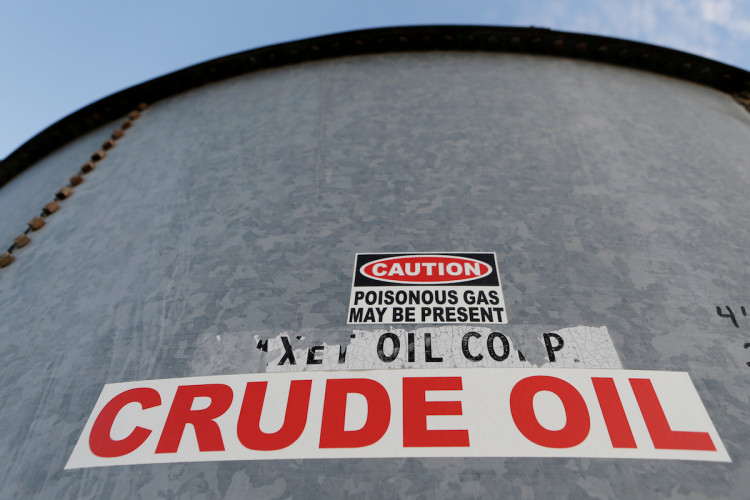As global oil consumption remains robust and OPEC+ members cut production to deplete reserves, oil prices are soaring.
On Monday, the global oil benchmark, Brent crude, approached the $95 mark, while WTI crude rose to $91.03 per barrel. Both have seen three consecutive weeks of gains, nearing their highest points in almost 10 months. They are on track to achieve their most significant quarterly increase since the Russia-Ukraine conflict in the first quarter of 2022.
The recent surge is accompanied by key intraday chart breakouts, indicating a market supply deficit. Bullish option prices are also on the rise. Amid declining oil inventories, speculators' net bullish bets on Brent and WTI crude have reached a 15-month high.
Over the past three weeks, Brent crude has risen by 11%. This is primarily due to OPEC+ member countries curbing production and a bright demand outlook. The U.S. seems poised to avoid an economic recession, and Chinese refineries are operating at full capacity. Notably, China, seen as the engine of oil demand growth, has witnessed a rebound in industrial output and consumer spending last month, driven by a series of stimulus measures and a summer travel boom. Chinese refineries have increased production, spurred by strong export profits.
Analysts Divided on Future Outlook In the spot market, refined products like diesel are sending warning signals. Global refineries are struggling to produce enough industrial fuel, with prices far exceeding those of crude oil.
Arne Lohmann Rasmussen, Head of Research at A/S Global Risk Management, mentioned that they have long believed that the oil market would tighten in the second half of 2023. The current shortage suggests that $100 per barrel is just a matter of time.
In contrast, Citibank believes that an increase in supply will alleviate the shortage. Citibank analyst Ed Morse noted that while technical traders and geopolitical risks might push oil prices above $100 in the short term, additional supply means that "$90 oil is unsustainable." This, in turn, would lower the prices of main fuels like gasoline and diesel.
Supply from non-OPEC+ countries is expected to increase by 1.8 million barrels/day this year and another 1 million barrels/day next year. This includes increments from Canada, Brazil, Argentina, Guyana, and Norway. The U.S. might add 900,000 barrels/day this year and another 400,000 barrels/day next year.
Key Events Impacting Oil Prices This Week This week marks the "Super Central Bank Week," with appearances from the Federal Reserve, Bank of England, Swiss National Bank, and Bank of Japan.
PVM analyst Varga pointed out that as inflationary pressures have been largely mitigated, there's a growing consensus that interest rate peaks are imminent. However, investors remain uncertain about when central banks will start cutting rates. Prolonged high rates could negatively impact economic growth and, consequently, oil demand.
On the other hand, the surge in oil prices seems to be triggering inflationary pressures worldwide. Central banks, including the Federal Reserve, are trying to determine if they've taken adequate measures to curb price hikes.
From the supply side, Saudi Arabia and Russia have extended their supply cut deadlines to the end of this year. Whether these reductions will continue into next year remains uncertain. Saudi Energy Minister Abdulaziz bin Salman is set to deliver a keynote speech at the World Petroleum Congress in Calgary later on Monday.






